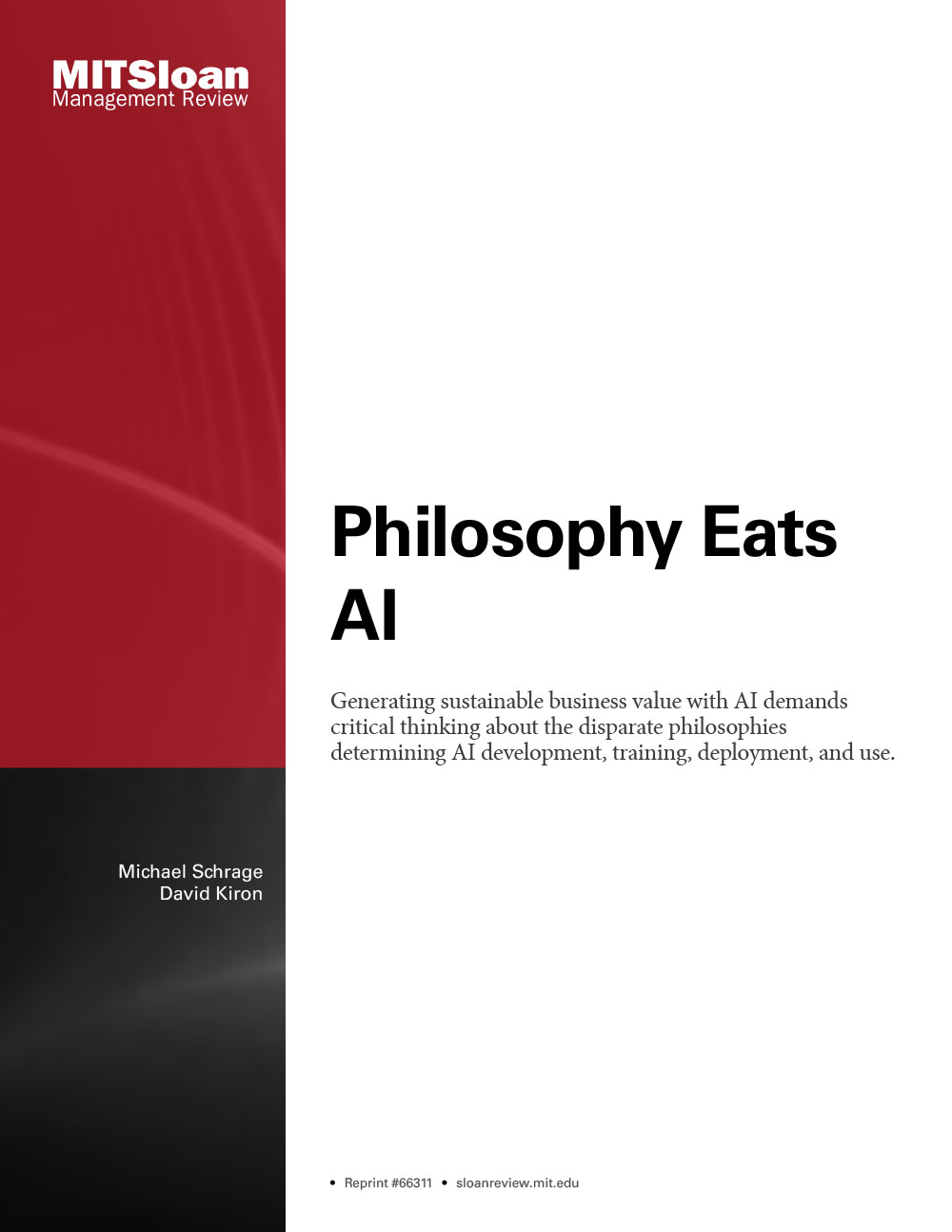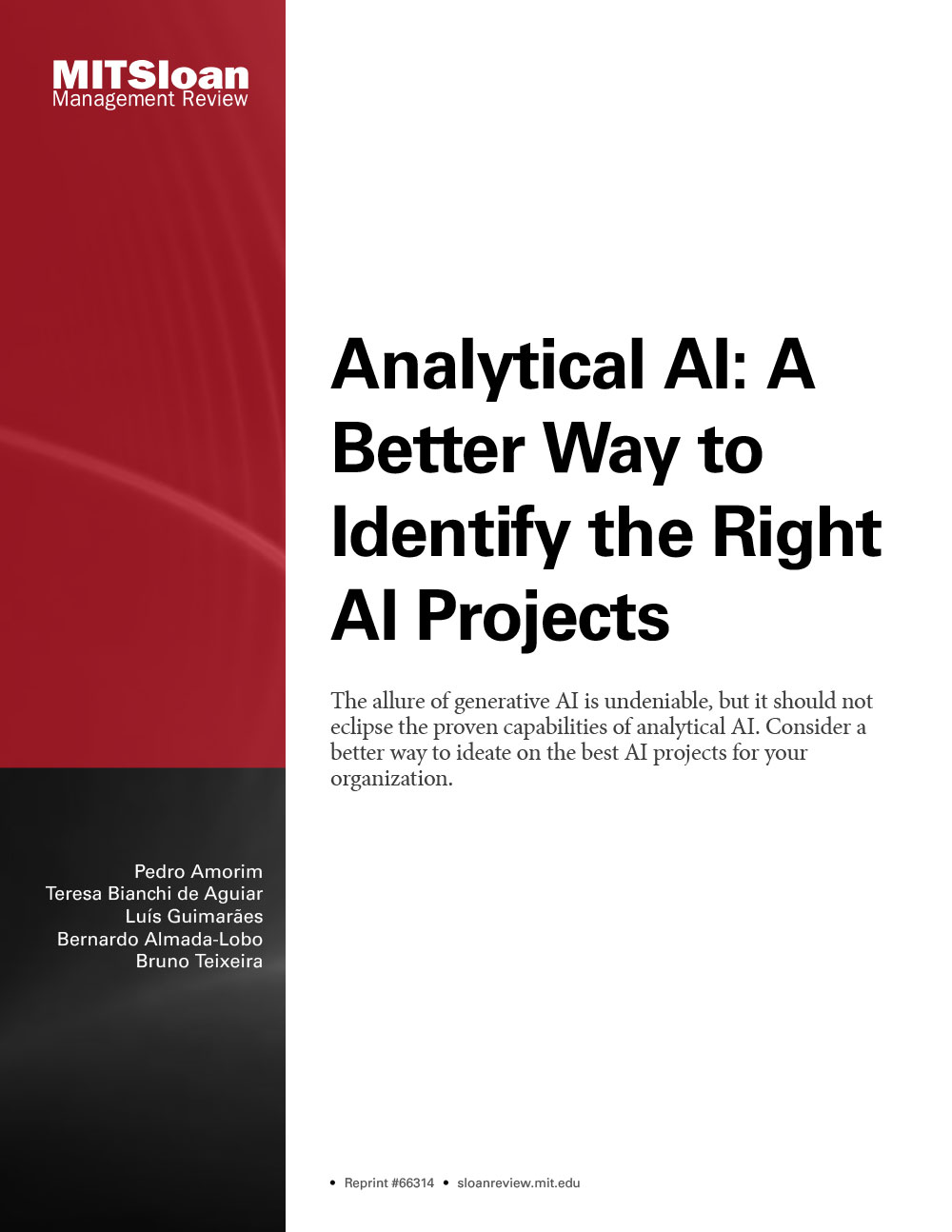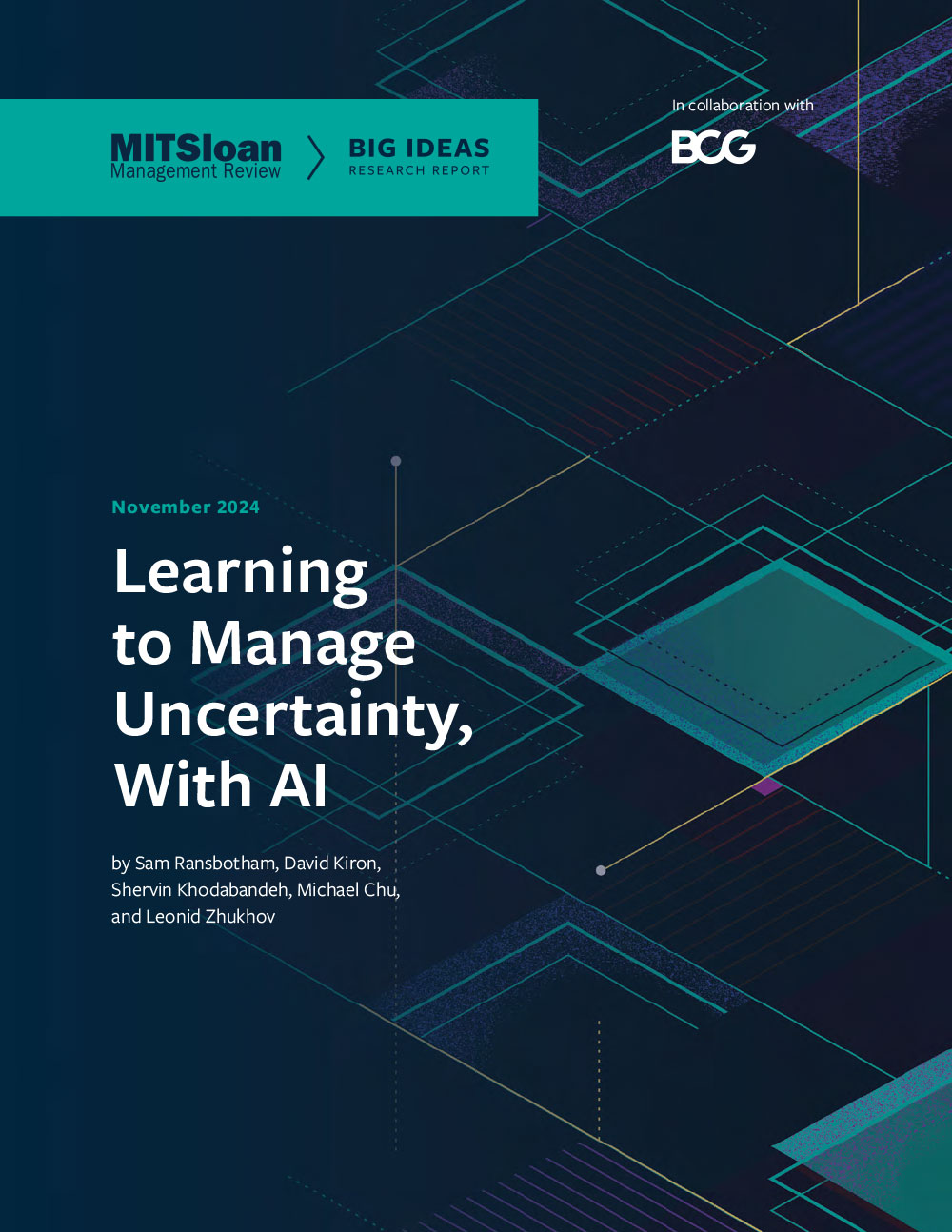AI’s ability to create value rests on the philosophy determining how and what it learns.
Data, AI, & Machine Learning
Data, AI, and machine learning touch nearly every business function. Learn how to leverage their power for productivity and profitability.
Page 4 of 32










